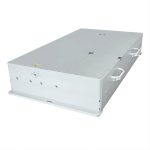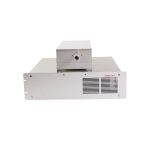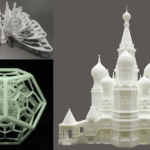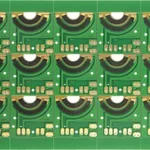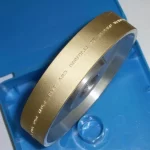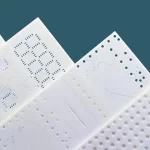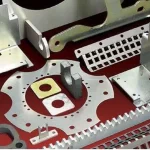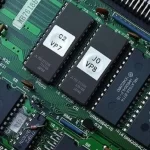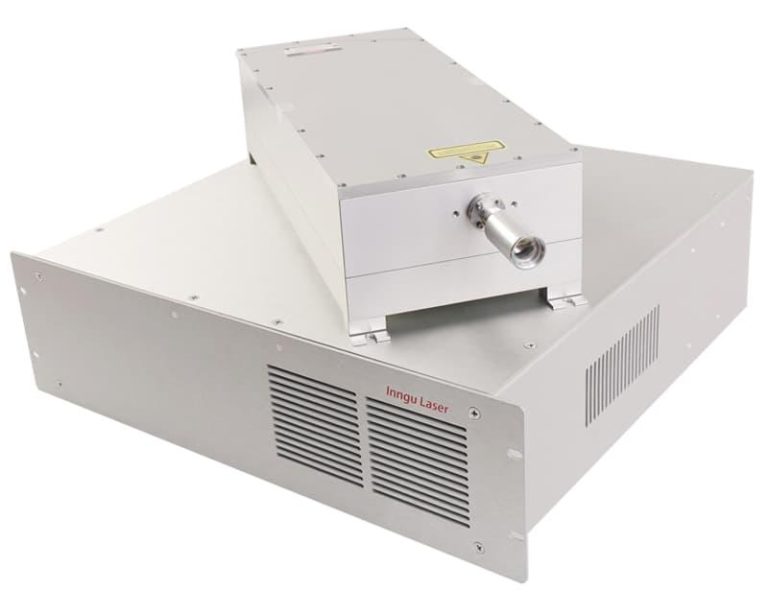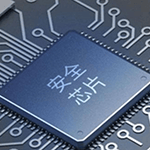As a cutting-edge technology, ultraviolet laser has attracted extensive attention and research in recent years. Among them, 266nm ultraviolet laser, as one of the ultraviolet lasers, has unique advantages and application fields. In this paper, the principle, application and future development prospect of 266nm ultraviolet laser will be deeply discussed through the creation method of popular science.
What is a 266nm UV laser?
The 266nm ultraviolet laser is a device capable of emitting laser light in the wavelength range of 266 nanometers. It uses advanced laser technology to convert electrical energy into high-energy photons through a specific energy level transition process. Because its operating wavelength is in the ultraviolet spectrum, it has many characteristics that other wavelength lasers cannot match.
Principle and composition
The core component of the 266nm UV laser is a diode-pumped solid-state laser. It consists of a laser medium, a pump source and an optical cavity. The laser medium usually uses Nd:YAG (neodymium-doped alumina yttrium) crystals, while the pump source uses a high-power diode laser.
In the working process, the laser generated by the pump source is focused by the optical system and input into the laser medium. The laser medium converts the pumped laser into a higher energy laser through the process of stimulated radiation. After many reflections and amplification, the final ultraviolet laser output of 266nm wavelength is formed.
Application field
Biomedical science
266nm UV laser has a wide range of applications in the biomedical field. Its wavelength is in the peak position of DNA and protein absorption, and can be used for DNA sequencing, protein analysis and other studies. In addition, it can also be used in biological microscopy, laser surgery and other fields, providing an important tool for medical research and clinical diagnosis.
lithography
Lithography technology is an indispensable key link in the manufacture of integrated circuits. The short wavelength and high energy of the 266nm UV laser make it ideal for lithography. It enables micro-machining with smaller sizes and higher precision, helping to improve the performance and reliability of integrated circuits.
Laser display
With the development of display technology, there is an increasing demand for higher resolution and more realistic colors. 266nm UV laser can be used for laser projection display, by controlling the scanning and modulation of the laser beam, to achieve high resolution image display effect. This display technology has the characteristics of high color saturation and strong contrast, and is expected to be widely used in the future display equipment.
Development prospect
With the continuous progress of science and technology, 266nm ultraviolet laser has a broader application prospect in various fields. In the field of biomedicine, it can provide better means for early diagnosis and treatment of diseases; In lithography, it is expected to promote the development of integrated circuit manufacturing; In the field of display, it will bring a more shocking visual experience.
However, there are still challenges to overcome. For example, how to improve the stability and reliability of 266nm UV laser, how to reduce manufacturing costs and so on. Future research and innovation will further promote the development of 266nm ultraviolet lasers, bringing more surprises and changes to human society.
Conclusion
As a cutting-edge technology, 266nm UV laser not only has a unique principle and composition, but also has a wide range of application fields and development prospects. Areas such as biomedicine, lithography and laser display will benefit from its outstanding performance. We look forward to breakthroughs and innovations in science and technology in the future, bringing more miracles and progress to human society.
